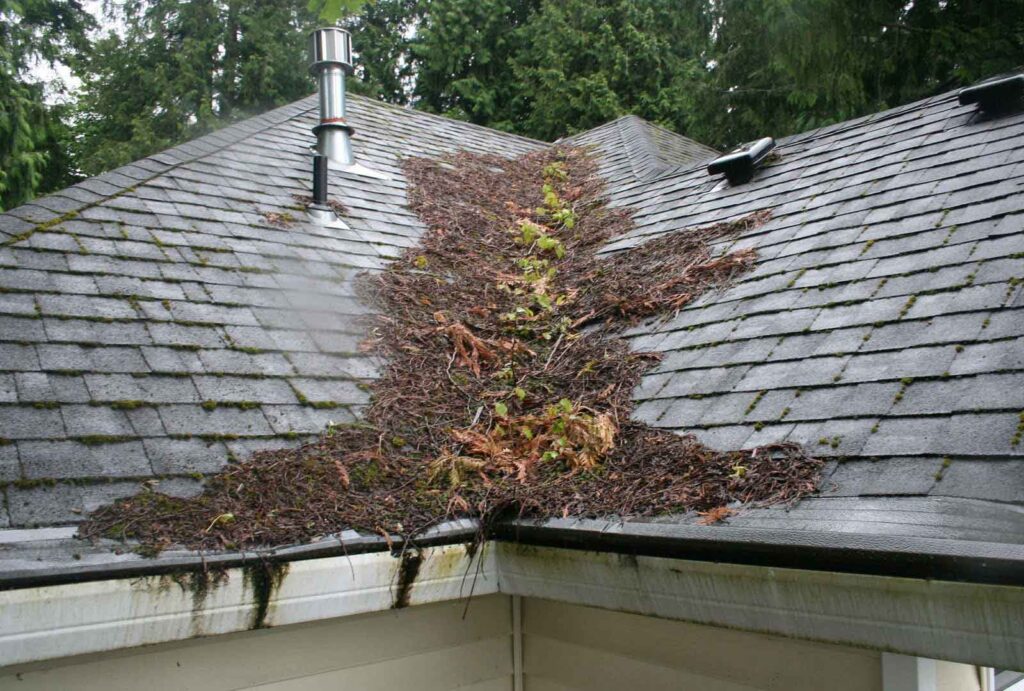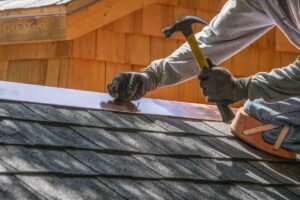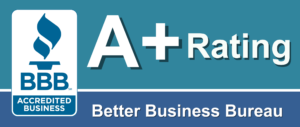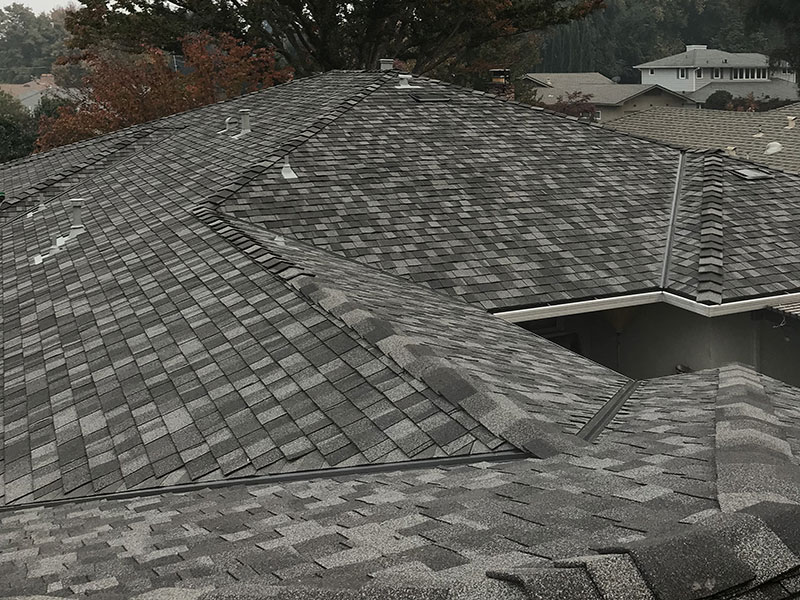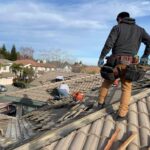Roof Maintenance
Frequently Asked Questions
What does roof maintenance include?
- Loose debris removal. Remove any branches, leaves or other debris that can accumulate on a roof in winter. …
- General inspection and repair. …
- Moss and mold removal.
- Soffits, fascia, gutters and downspouts.
- Chimneys, skylights and vent openings.
How often should my roof be maintained?
In general, you need to have your roof inspected at least 2 times per year. You can do self-checks on your roof to see if there is anything you notice in addition to hiring a professional to check it out for you. Once during the spring and once during the fall are perfect times to have this done.
What are common signs I might need a new roof?
It’s been 20-25 years since the roof was replaced.
Water is leaking into your home or business.
Shingles are visibly cracked or damaged.
The roof sags.
There’s mold in your home or business.
Moss is growing on the roofing material.
How many years is a roof good for?
Roofs. Slate, copper and tile roofs can last more than 50 years. Homeowners with wood shake roofs should expect them to last about 30 years, while fiber cement shingles last about 25 years and asphalt shingle/composition roofs last about 20 years, the NAHB found.
What are signs of a bad roof?
- You have several missing or loose shingles
- Your shingles are curling, cracking, dry, or blistering.
- The roof is sagging.
- There are dark/dirty areas on your roof.
- You have granules in your gutters.
- You notice several exposed or loose nail heads.
- You have water damage inside your home or attic.
- There are areas where flashing is missing or damaged
- Your roof is over 20 years of age.
- Your heating and cooling bills have gotten noticeably higher.
What color roof laststhe longest?
What type of roof will lastthe longest?
The NAHB (National Association of Home Builders) rates slate as by far the longest lasting roofing material, with a life expectancy of 150+ years, followed closely by clay and concrete at roughly 100 years.
I have just realized my roof is leaking. What should I do?
First, you should protect what is inside your building. Move furniture if needed or cover it with plastic sheeting. Then call Alex Perez Roofing and tell us you have a leaking roof that is allowing water into your building. We will arrange for an inspection team to check it out.

